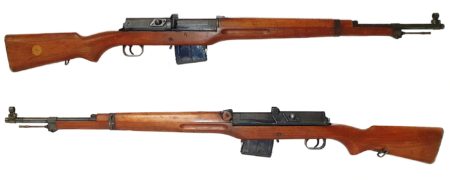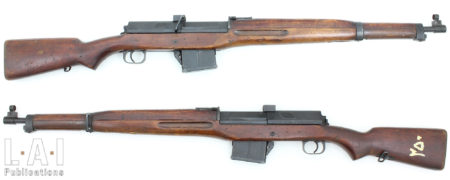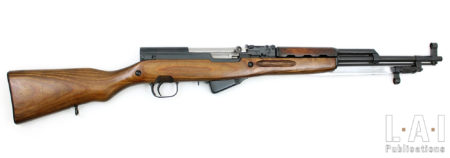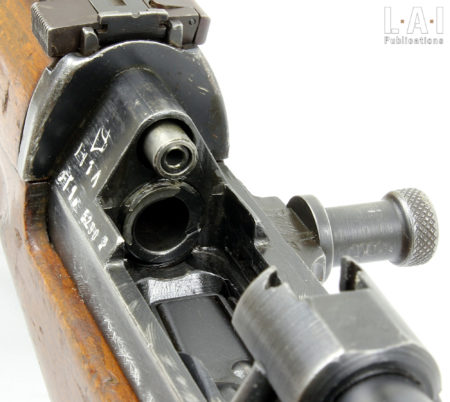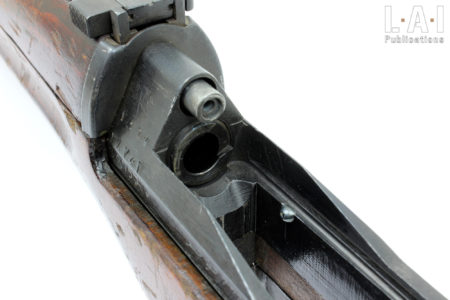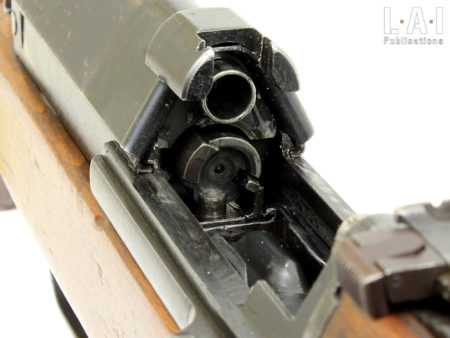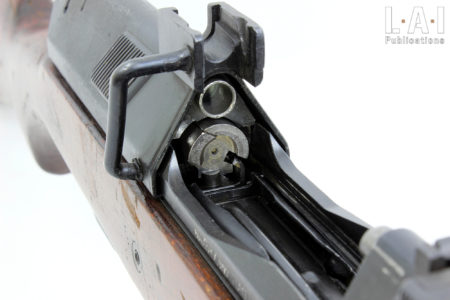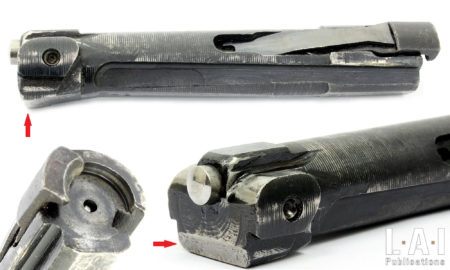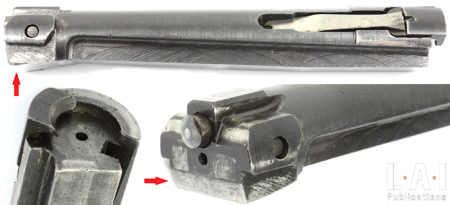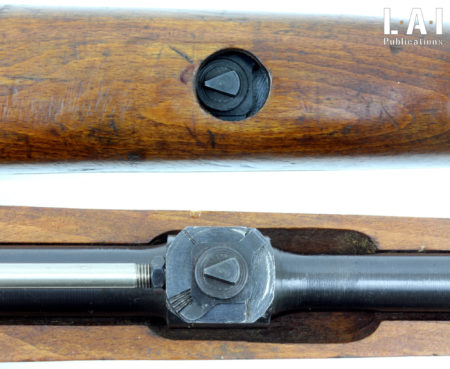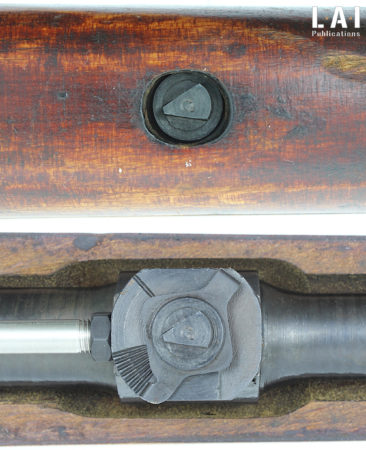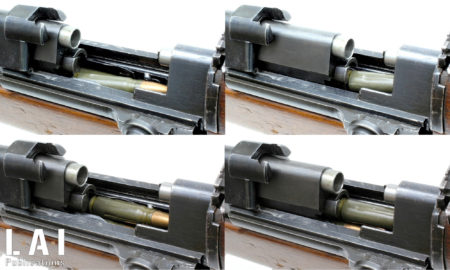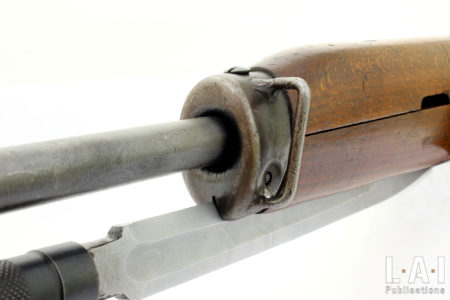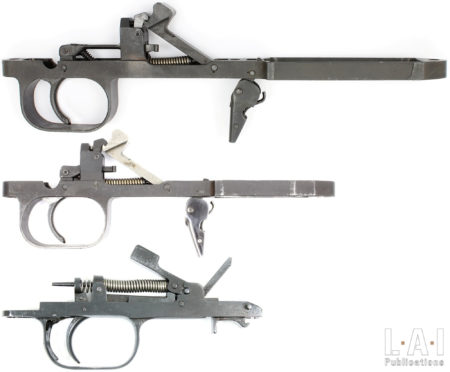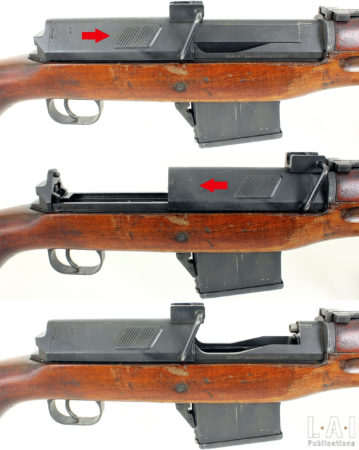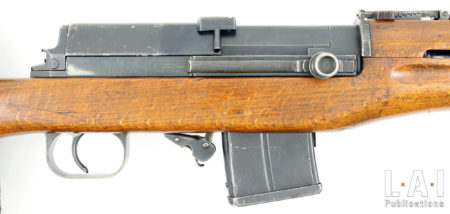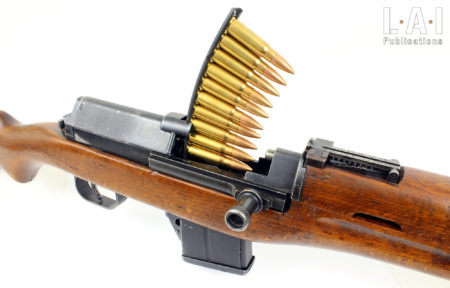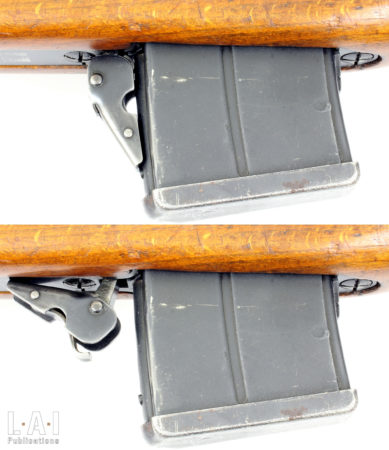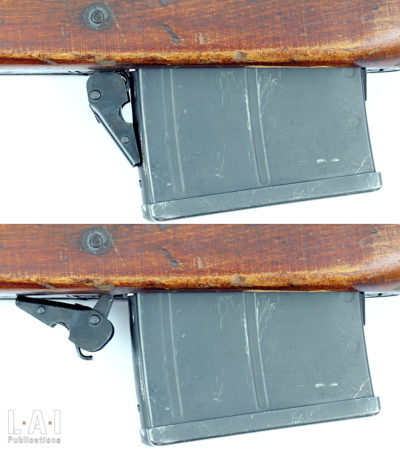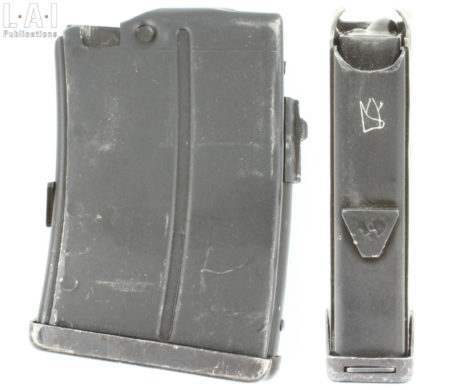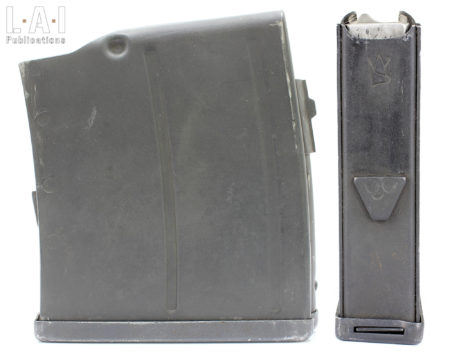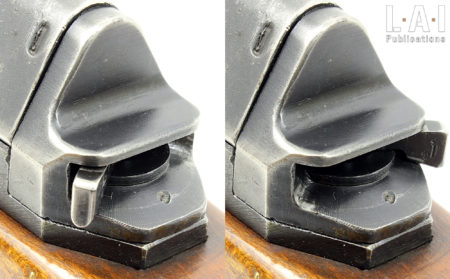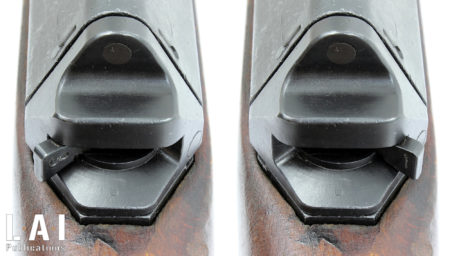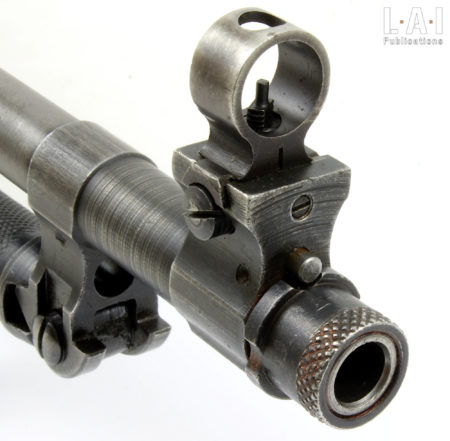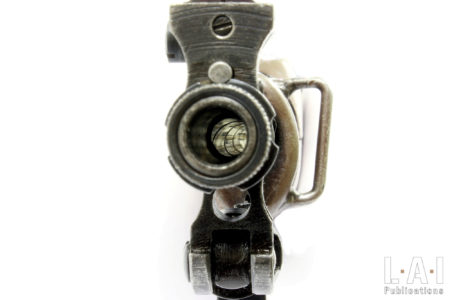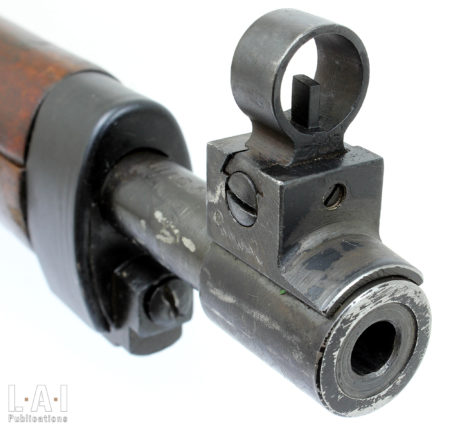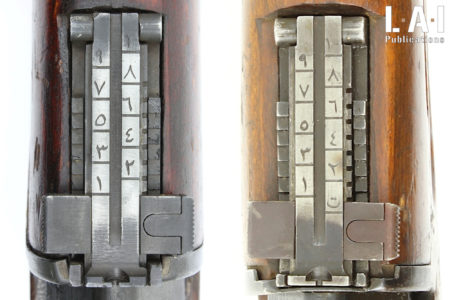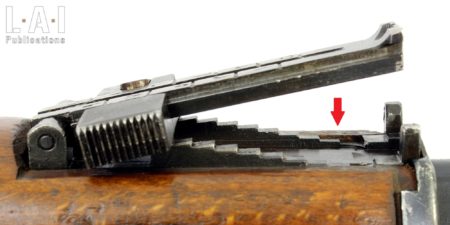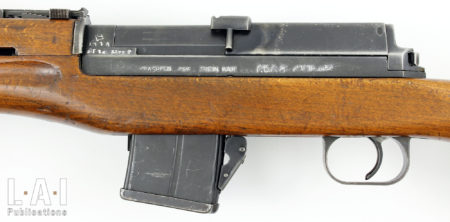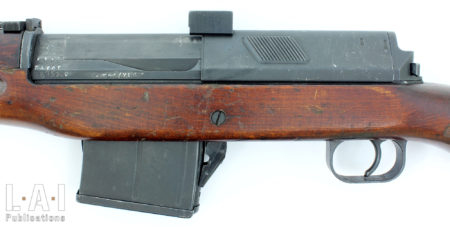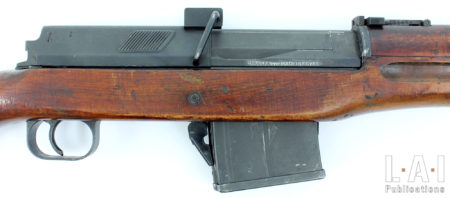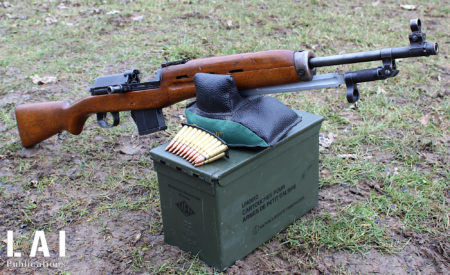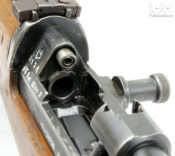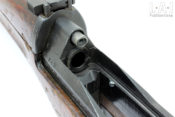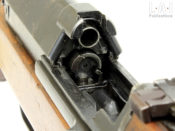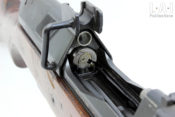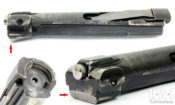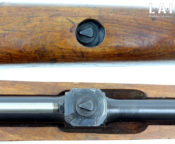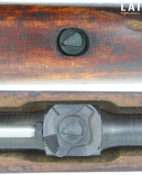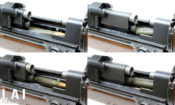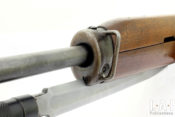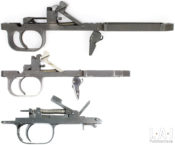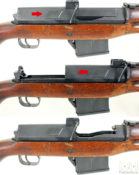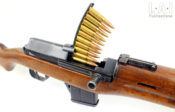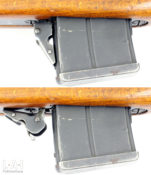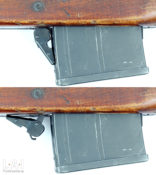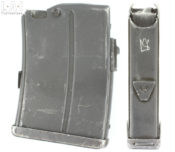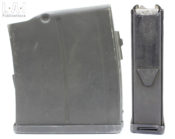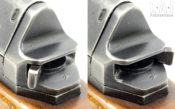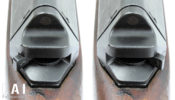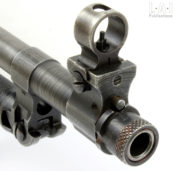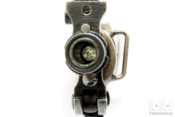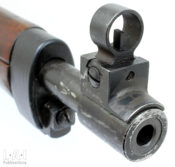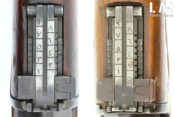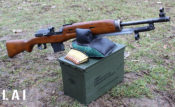The Egyptian carbine Rasheed caliber 7.62×39

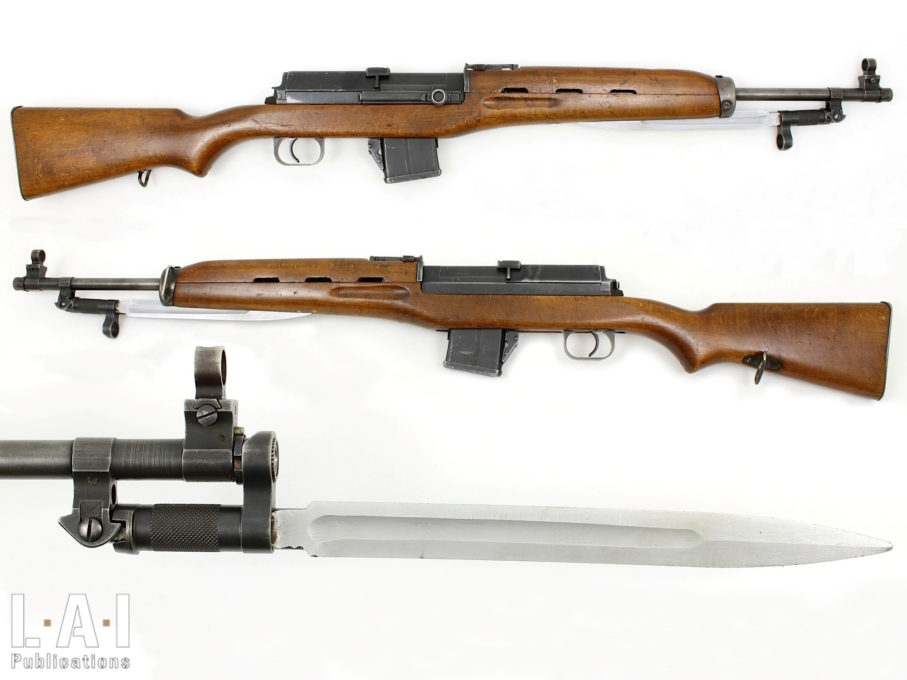
In the aftermath of WWII, Egypt, which had become an independent nation in 1922, set out to develop a national small arms industry. Sweden would then prove to be a major help in this endeavor.
Egyptian manufactures
It was so, with the help of the Nordic country, that Egypt would set up the production of a derivative of the Ag m/42 called “Hakim” in caliber 8×57 IS and variants of the Carl-Gustav M45 submachine gunSubMachine Gun More named “Port Said” and “Akaba” in caliber 9×19 mm (Pics. 03 and 04). Egypt would also produce under license a Beretta 951 named “Helwan” (after the name of an Egyptian city) in caliber 9×19 mm. In the fifties, as Egypt got closer ties with the Soviet Union, notably by asserting its position during the Suez Canal crisis, the middle eastern nation would consecrate the USSR as a “natural” ally in the aid it needed to develop its arms industry. This aid would be concretized in the early sixties, by the technology transfer to produce the AKM. It would be manufactured at Factory 54 in Maadi, (a district of Cairo) under the name of “Misr” (“Egypt” in Arabic) and sometimes called “ARM” for “Assault RifleAn assault rifle is a weapon defined by the use of an "inter... More Misr” (Pic. 05). Soviet aid ended in 1972 with the expulsion of Soviet agents from Egyptian territory. Let us add here that the production of Egyptian Kalashnikov was also influenced by other countries of the Warsaw Pact. Thus, the weapon was produced with a folding stock derived from that found on East German or Romanian weapons.
A carbine from the land of the pharaohs
The reasons for the creation of the Rasheed carbine are not known with certitude. It is sometimes argued that the quantity of Kalashnikov-type rifles, from local or foreign production, was not sufficient to meet the needs of the army and police. This explanation seems to us inconclusive, the establishment of the production of a new weapon being industrially costly. It is more rational and economical to strengthen already existing productions, or even to turn to the purchase of foreign weapons. Perhaps this implementation is part of the desire to exploit the production lines of the Hakim rifle, but this explanation is questionable: the similarities between the weapons are very real, but the parts are mostly neither compatible nor transposable. However, the re-configuration of the production line could prove to be a rational option in the desire to keep an already existing infrastructure in operation. Perhaps the desire to set up a weapon with a “simpler” operation than the Kalashnikov was considered for a time. Simpler because the weapon does not have an automatic firing capability, is equipped with a magazine whose function is more like a non-detachable magazine and is equipped with a folding bayonet. This same field was explored by the Soviets who produced, during the same time SKS-45 and AK-47, both of which went into production in 1949. The Soviets would in the end opt for the more rational choice of the standardization of the Kalashnikov system in the mid-fifties. Finally, the desire to produce a national weapon for reasons of prestige was perhaps not unrelated to this decision. Anyway, the weapon was produced by Factory 54 in small quantities (often announced between 5000 and 9000 copies) at the end of the sixties. Our sample is dated 1968 in Arabic. The development would have been provided by the father of the Ag m/42 and the Hakim, the Swedish Erik Eklund.
Annual subscription.
€45.00 per Year.
45 € (37.5 € excluding tax) Or 3,75€ per month tax included
- Access to all our publications
- Access to all our books
- Support us!
Monthly subscription
€4.50 per Month.
4.50 € (3.75 € excluding tax)
- Access to all our publications
- Access to all our books
- Support us!




